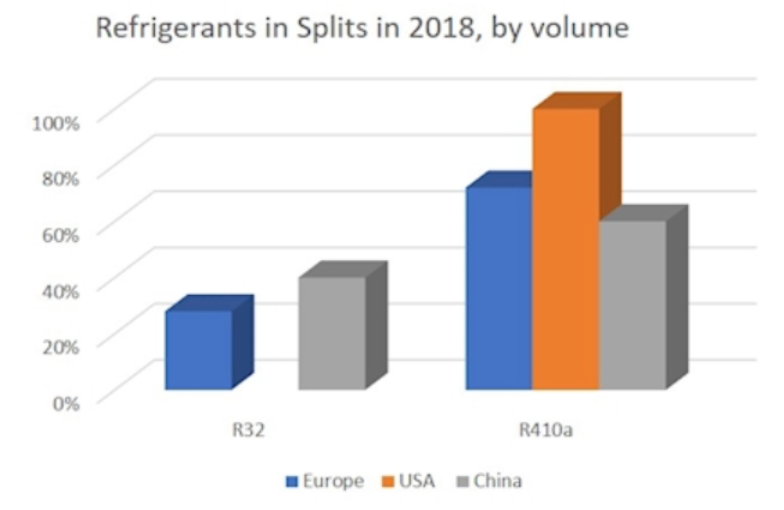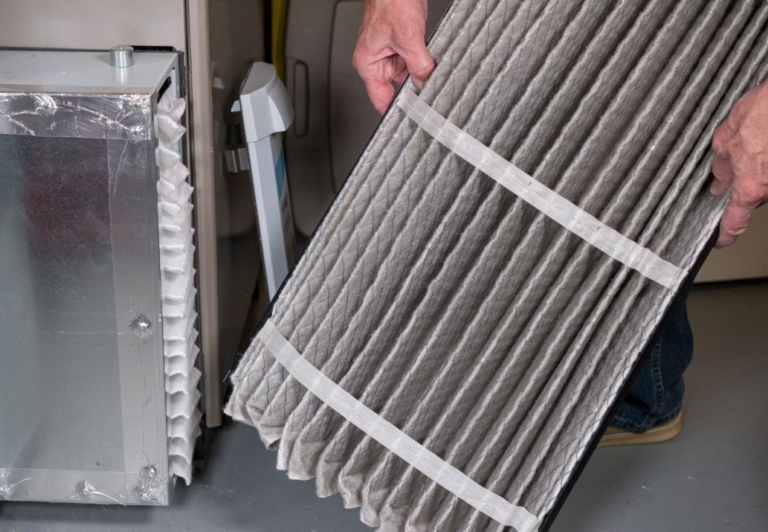R32 vs R410A – Which Refrigerant is the Best?
There are a number of different refrigerants on the market today, but two of the most popular are R410A and R32. Both of these refrigerants have their own advantages and disadvantages, so it’s important to understand the difference between them before making a decision about which one to use in your own HVACR system.
Refrigerant R410A is a blend of two chemicals, difluoromethane (CHF2CF3) and pentafluoroethane (CHF3CF3). It was developed specifically for use in HVACR applications and has become one of the most widely used refrigerants in the world.
Refrigerant R32 is a single chemical, difluoromethane (CHF2CF3). It was developed for use as a propellant in aerosol cans and as a refrigerant in air conditioners. In recent years, it has become more popular for use in HVACR applications due to its lower GWP (global warming potential).
So, what are the differences between these two refrigerants? Let’s take a closer look:
R32 vs R410a – Which Refrigerant is the Best?

Ozone Depletion Potential
R32 and R410A are both refrigerants with a low ozone depletion potential (ODP). According to the Intergovernmental Panel on Climate Change (IPCC), their ODPs are 0.0, meaning they do not contribute to the depletion of the ozone layer.
Efficiency
When it comes to efficiency, both R410A and R32 are very efficient refrigerants. However, R32 is slightly more efficient than R410A.
One important difference between these two refrigerants is their boiling point. The boiling point of R-410A is -51.5°C, while the boiling point of R-32 is only -26°C. This means that R-32 can cool air more effectively than R-410A. As a result, air conditioners that use R-32 can be smaller and more energy efficient than those that use R-410A.
Operating pressure
Another difference between these two refrigerants is their operating pressure. The operating pressure of R-410A is nearly twice that of R-32. This means that air conditioners that use R-410A must be built to withstand higher pressures.
Global Warming Potential GWP
R410A has a much higher global warming potential (GWP) than R32. It is important to consider both the cost and the GWP when deciding which refrigerant to use.
R410A is a hydrofluorocarbon (HFC) with a global warming potential (GWP) of 2,088. R32 is also an HFC, but its GWP is only 675. The GWP is a measure of how much a greenhouse gas contributes to global warming. It is calculated by multiplying the amount of the gas by its heat-trapping ability and then dividing by the amount of time it remains in the atmosphere.
R410A has a higher GWP because it traps more heat than R32. It also stays in the atmosphere for a longer period of time. As a result, R410A contributes more to global warming than R32.
Cost
The price difference between R410A and R32 reflects the difference in their GWPs. R410A is more expensive because it has a higher GWP.
R410A is more expensive than R32. This is because it is more difficult to produce and because it has a higher GWP. However, the price difference is not huge – R410A typically costs around $30 per pound while R32 costs around $22 per pound.
Availability
R410A is a much more common refrigerant than R32. It is used in a wide variety of HVAC applications, including air conditioners, heat pumps, and refrigeration units. R410A is a blend of two different chemicals, difluoromethane (CH2F2) and pentafluoroethane (C2F5H3). This blend gives R410A a number of advantages over other refrigerants, including a lower global warming potential (GWP).
R32 is a newer refrigerant that is gaining popularity in the HVAC industry. It is a single-component refrigerant, meaning it is made up of just one chemical: difluoromethane (CH2F2).
Flammability
R410A is a non-flammable HFC used in air conditioners and refrigerators. It doesn’t release any harmful gases when exposed to a flame. R32 is a flammable HCFC used in air conditioners. It releases poisonous chlorine gas when exposed to a flame.
Compatibility
One final difference to consider is compatibility. Due to its chemical composition, R410A cannot be used in systems that use HCFC (hydrochlorofluorocarbon) or CFC (chlorofluorocarbon) refrigerants. On the other hand, R32 can be used in HCFC and CFC systems without any issue. This makes it a more versatile option for HVACR applications.






